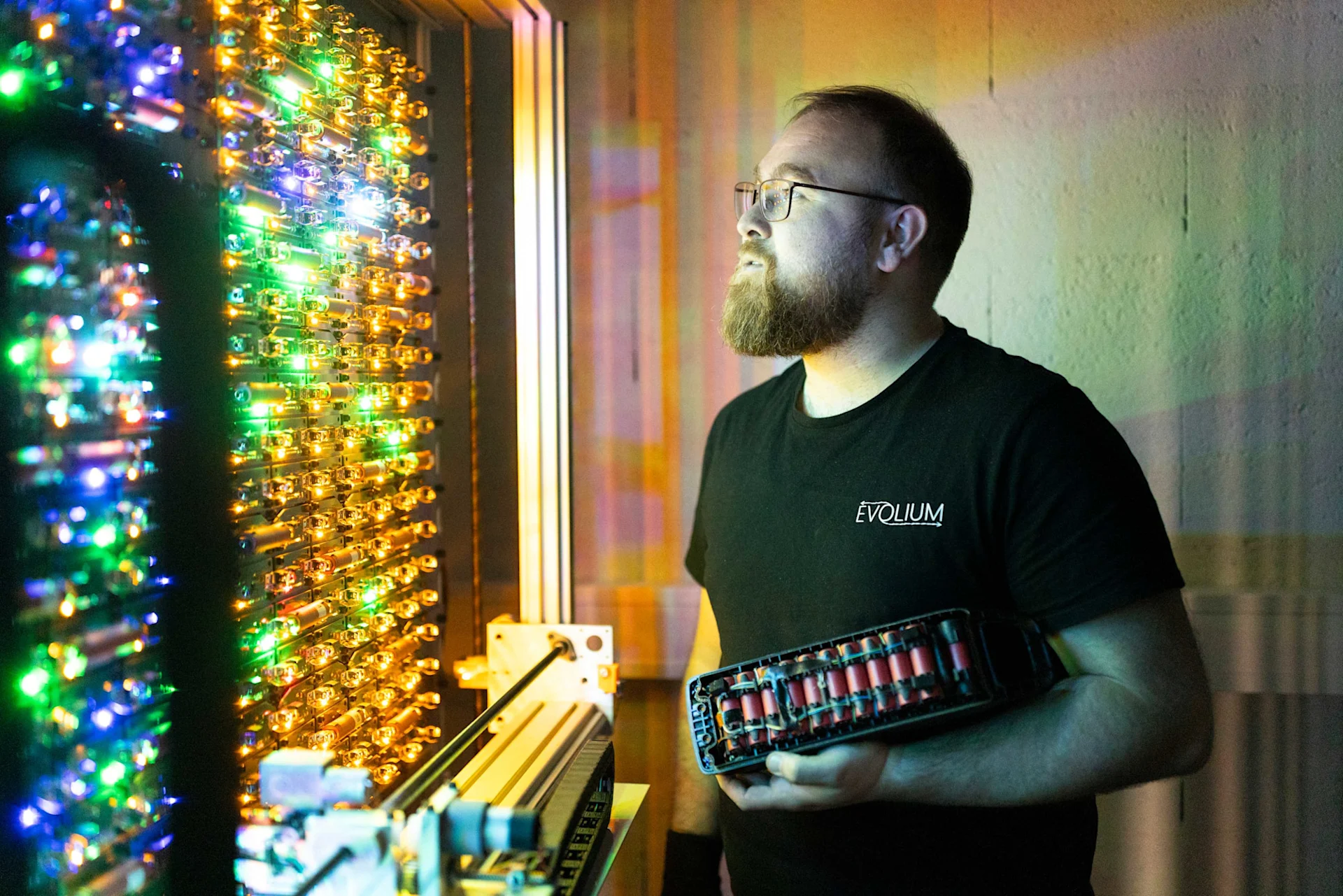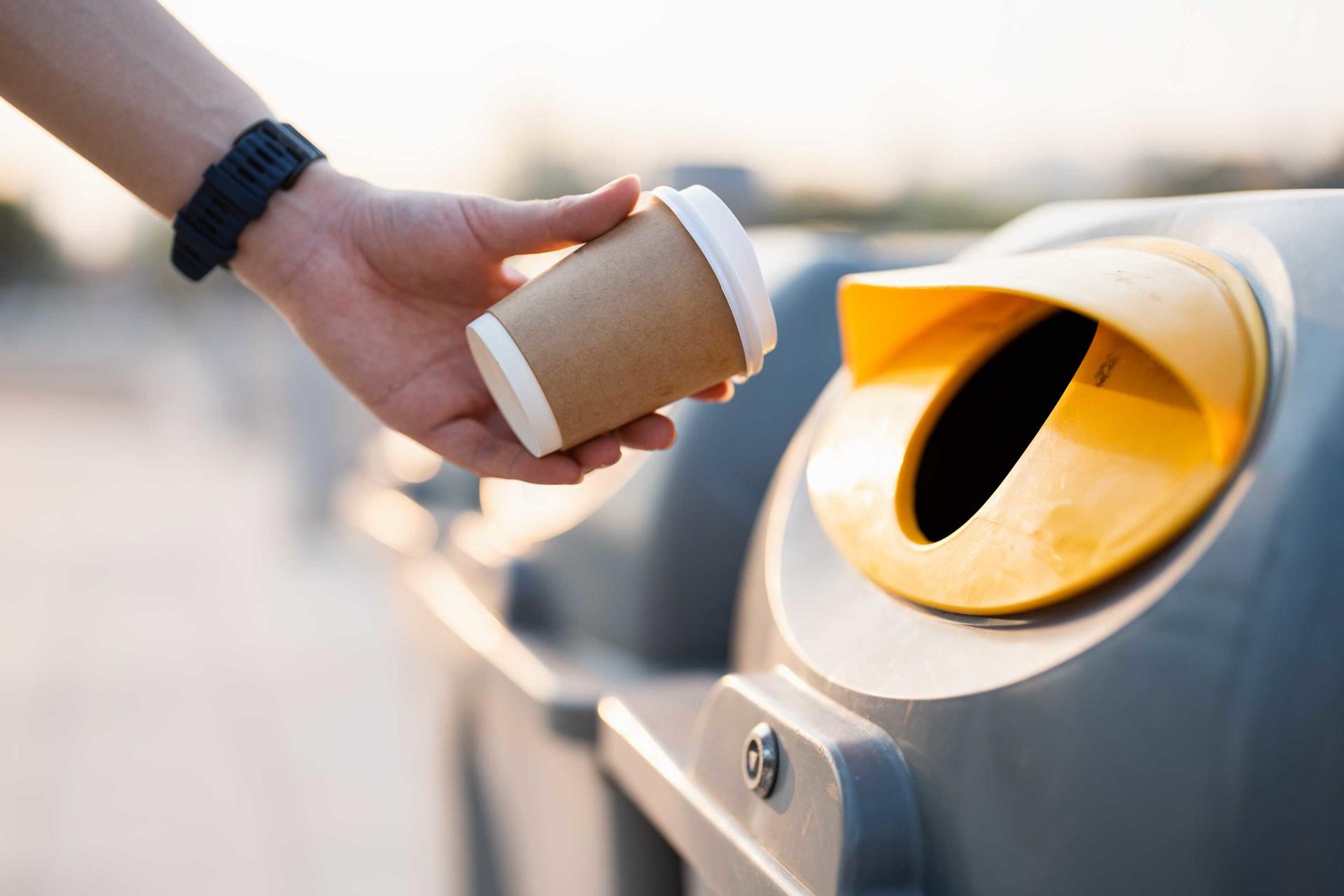
Migros Pioneer Fund
Rechargeable lithium batteries that last longer
With the support of the Migros Pioneer Fund, Evolium Technologies is extending the life of lithium batteries.
navigation

Circular economy
Cardboard can obviously be recycled. But unfortunately greasy pizza boxes or take-away coffee cups can’t. And broken wine glasses mustn’t be put in the glass recycling either. We explain what can and can’t be recycled. Test your knowledge in the quiz.
Grease-stained pizza boxes have to go in the normal household waste as the soiled cardboard could contaminate an entire batch of pulp during the recycling process.
Unfortunately, cardboard cups for take-away hot drinks cannot be recycled with other cardboard. They usually have a plastic coating to prevent the liquid from softening the cardboard which means they must be disposed of with the normal household waste.
The same goes for paper: if it has been contaminated by food, it can’t be put in with the paper recycling. Coated paper also has to go in the household waste, that means flower-wrapping paper, baking parchment, gift wrap and photo books. Books can go into the paper recycling, provided the cover is removed and put in the household waste.
As carrier bags must be robust enough to handle heavy and moist goods, they contain a wet strength agent. That means this type of paper is hard to break down and can clog up the recycling machine. Paper bags can be recycled with the cardboard collection though.
Receipts can’t go into the paper recycling as they usually contain chemicals which means they’re not recyclable. That’s unless they’re Migros’ blue receipts where a purely physical process is used for printing on the paper.
Shards of drinking glasses, vases and mirrors can’t go into the glass recycling because this type of glass is often treated with chemicals to improve its durability or heat resistance. This can have an adverse effect on other types of glass used for packaging during the melting process. Therefore, they belong in the disposal yard or, in small quantities, in the garbage.
Sources: igora.ch, ferrorecycling.ch, swissrecycle.ch, bafu.admin.ch, korken.ch, recybag.ch
Do you know what can go in the bin? With our tips and tricks, recycling not only becomes easy, you also save a lot of waste.